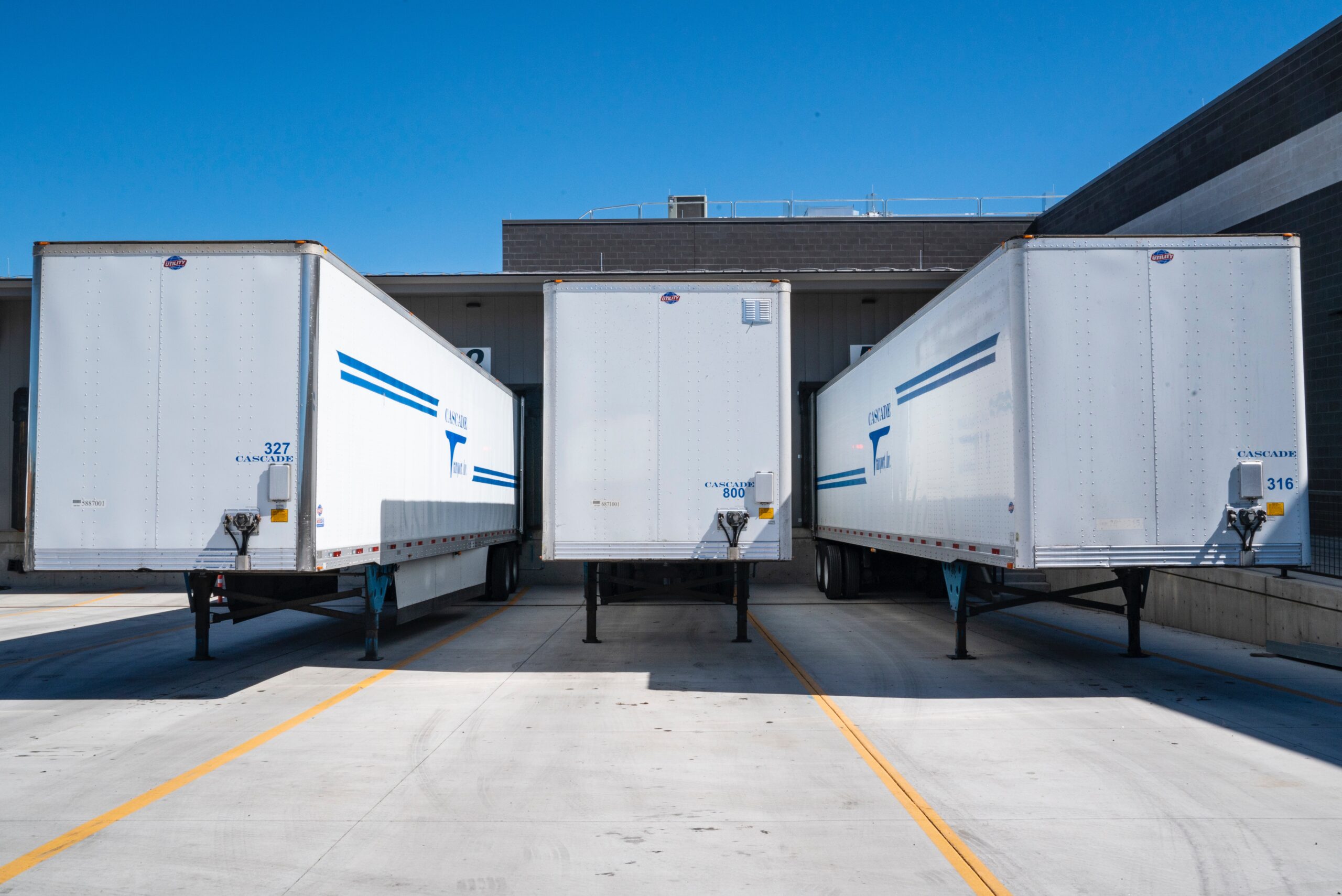Nearly two years into the pandemic, today’s congestion issues and logistics logjams are not expected to end anytime soon. It is imperative brands fortify their supply chains to best navigate the current environment and prepare for what unexpected challenges may lie ahead to limit future disruptions.
A burning question facing retailers is if and when customers will return to purchasing in stores similar to pre-pandemic patterns rather than buying nearly anything and everything online.
Historically, many shippers have bifurcated their buying decisions, supply chains and fulfillment strategies based on sales channels, which generally provides a lower cost basis when done well. However, to thrive today, retailers must embrace omnichannel fulfillment strategies.
Looking ahead, omnichannel optimization will be critical to current business models. Newly defined consumer behaviors will meet and synthesize with various buying patterns. In some industries and within certain demographics, e-commerce may retain its status as the primary buying channel. In some situations, however, there will be a reversion to a combined model of traditional brick-and-mortar retail and e-commerce. It is crucial for retailers to be more agile to meet customer expectations within a variety of purchasing methods, whether online, a mobile phone app or in-store.
Automated fulfillment solutions support the demand for speed and accuracy. Automated technologies, such as put-to-light walls, sorters, conveyors and pack-and-apply machines, can offer faster and more efficient handling of units while reducing the demand on teammates to perform highly repetitive tasks.
The pandemic has underscored automation and robotics can provide a defensive strategy to supply chain disruptions caused by the lack of labor availability.
Here you can read opinion articles about automation and is the future really so bright as it seems.
RETHINK DELIVERY STRATEGIES
Many retailers were surprised by the capacity constraints in the parcel delivery network at the onset of the pandemic created by the influx in online orders. In the past, the emphasis was on securing the lowest cost with the best incentives, typically through one parcel provider. However, in order to best address network constraints moving forward, shippers need to adopt a more diverse delivery strategy.
For many, this means using multiple national parcel delivery carriers along with regional providers. This ensures they have the capacity to get their products to the end consumer when needed to create a satisfactory purchasing experience.
Additionally, we continue to experience capacity challenges out of Asia. The pandemic reduced capacity at a much quicker rate than the reduction of trade demand, increasing freight costs and decreasing transit reliability.
Ongoing port congestion is forcing many retailers to consider air transportation. Because passenger belly space remains lower than pre-pandemic levels due to limited international travel, retailers are renting entire cargo aircrafts to help offset capacity issues.
With this in mind, it is critical brands rethink delivery strategies. For many, this means shifting from a single-source supply chain to establishing multiple manufacturing centers with their own supply chains and delivery strategies in order to be more agile.
By embracing an omnichannel mindset, automation technologies and diverse delivery methods, brands will have the strategies in place to best navigate unexpected logistics logjams in the future.
Source: www.inboundlogistics.com
Author: Josh Jungwirth, EVP ofFreight Forwarding, GEODISin Americas
Image: www.pexels.com



